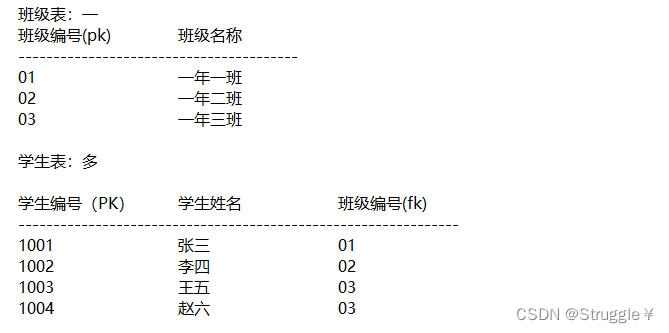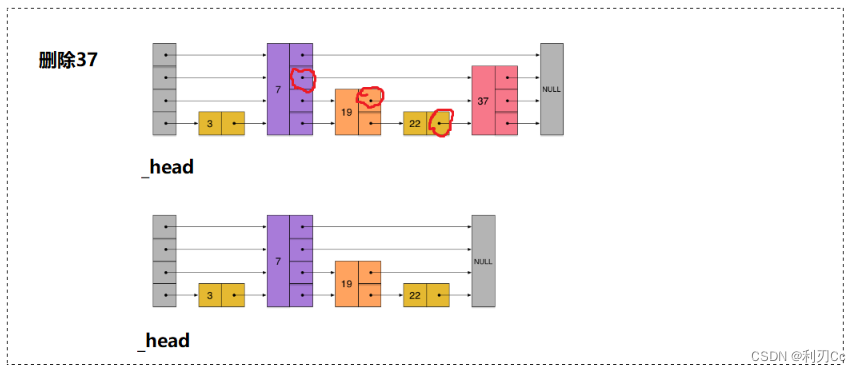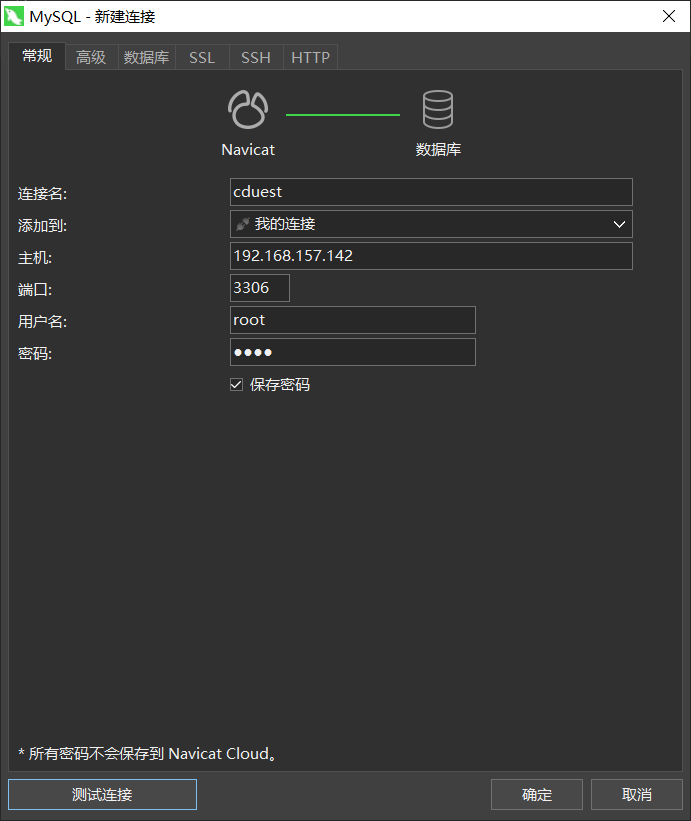本实例是基于51单片机的太阳追光系统,主要硬件由51单片机最小系统,四路光敏感应电路,ADC0832转换电路、LED指示灯电路、X轴与Y轴步进电机构成。
设计功能
1.四路光敏感应电路:四路光敏电阻分别感应上、下、左、右四个方向的光强度,并通过AD转换芯片将光强数据传递给单片机。
2.5路按键:分别为手自动切换按键、上、下、左、右按键;按键切换为自动模式,系统便根据四个方向的光强对太阳进行追光;手动模式便可通过按键对四个方向进行任意转动。
3.X、Y轴步进电机:两路步进电机通过ULN2803进行驱动;X轴电机控制系统水平方向转动;Y轴电机控制系统上下方向转动 。
4.LED指示灯:分别为自动、手动状态灯;在相应的控制模式下亮起。5.按键功能:
(1)从左到右:按键1为设置键,按键2为加一键、按键3为减一键、按键4为手动自动切换键,按键5远近光灯切换键,按键6为手动关灯键。
(2)单独一个按键为复位按键。
原理图

Protues仿真:

void main() //函数功能:主函数
{
uchar AD_Up,AD_Down,AD_Left,AD_Right;
uchar i,j,k;
uchar Table[4];
Delay_ms(500);
UART_Init();
lcd_init(); //lcd相应的初始化
lcd_show("Welcome to","light tracking!");
Delay_ms(500);
while(1)
{
if(!ENTER)
{
Delay_ms(20);
while(!ENTER);
k++;
}
if(k%2 == 0)
{
Delay_ms(20); //延时去抖动
if(k%2 == 0)
{
LED1 = 1;
LED2 = 0;
AD_Up = 0; //上
AD_Down = 0;//下
AD_Left = 0;//左
AD_Right = 0;//右
lcd_show("Currently in ","manual mode");
//判断手动模式下,哪个按键被按下,并作出相应的旋转
if(!UP)//上转
{
for(i=0;i<10;i++)
{
for(j=0;j<4;j++)
{
P1=Motor_Up[j];
lcd_show("You pressed ","the up button!");
Delay_ms(5);
}
}
P1=0x00;
}
if(!DOWN)//下转
{
for(i=0;i<10;i++)
{
for(j=0;j<4;j++)
{
P1=Motor_Down[j];
lcd_show("You pressed ","the down button!");
Delay_ms(5);
}
}
P1=0x00;
}
if(!LEFT)//左转
{
for(i=0;i<10;i++)
{
for(j=0;j<4;j++)
{
P1=Motor_Left[j];
lcd_show("You pressed ","the left button!");
Delay_ms(5);
}
}
P1=0x00;
}
if(!RIGHT)//右转
{
for(i=0;i<10;i++)
{
for(j=0;j<4;j++)
{
P1=Motor_Right[j];
lcd_show("You pressed ","the right button!");
Delay_ms(5);
}
}
P1=0x00;
}
}
}
if(k%2 == 1) //处于自动模式下
{
Delay_ms(20); //延时去抖动
if(k%2 == 1)
{
LED1 = 0;
LED2 = 1;
for(i=0;i<8;i++)
{
switch(AD_CHANNEL)
{
case 0: PCF8591_ISendByte(PCF8591,0x01);
AD_Up = PCF8591_IRcvByte(PCF8591); //ADC0 模数转换1
break;
case 1: PCF8591_ISendByte(PCF8591,0x02);
AD_Down = PCF8591_IRcvByte(PCF8591); //ADC1 模数转换2
break;
case 2: PCF8591_ISendByte(PCF8591,0x03);
AD_Left = PCF8591_IRcvByte(PCF8591); //ADC2 模数转换3
break;
case 3: PCF8591_ISendByte(PCF8591,0x00);
AD_Right = PCF8591_IRcvByte(PCF8591); //ADC3 模数转换4
break;
}
if(++AD_CHANNEL>3)
{
AD_CHANNEL=0;
Table[0] = AD_Up;
Table[1] = AD_Down;
Table[2] = AD_Left;
Table[3] = AD_Right;
}
// Send_Hex(Table,4);
}
lcd_xy(0,0);
lcd_display("1:",AD_Up);
lcd_display("2:",AD_Down);
lcd_xy(0,1);
lcd_display("3:",AD_Left);
lcd_display("4:",AD_Right);
}
if(((AD_Up<AD_Down)&&(AD_Down-AD_Up>10)))//上转
{
for(i=0;i<10;i++)
{
for(j=0;j<4;j++)
{
P1=Motor_Up[j];
Delay_ms(5);
}
}
P1=0x00;
UP_COUNT++;
}
if(((AD_Up>AD_Down)&&(AD_Up-AD_Down>10)))//下转
{
for(i=0;i<10;i++)
{
for(j=0;j<4;j++)
{
P1=Motor_Down[j];
Delay_ms(5);
}
}
P1=0x00;
DOWN_COUNT++;
}
if(((AD_Left<AD_Right)&&(AD_Right-AD_Left>10)))//左转
{
for(i=0;i<10;i++)
{
for(j=0;j<4;j++)
{
P1=Motor_Left[j];
Delay_ms(5);
}
}
P1=0x00;
LEFT_COUNT++;
}
if(((AD_Left>AD_Right)&&(AD_Left-AD_Right>10)))//右转
{
for(i=0;i<10;i++)
{
for(j=0;j<4;j++)
{
P1=Motor_Right[j];
Delay_ms(5);
}
}
P1=0x00;
RIGHT_COUNT++;
}
if(!UP) //UP按键充当自动模式下的复位按键
{
Delay_ms(20); //延时去抖动
if(!UP)
{
while(DOWN_COUNT--)
{
for(i=0;i<10;i++)
{
for(j=0;j<4;j++)
{
P1=Motor_Up[j];
lcd_show("Reseting "," ");
Delay_ms(5);
}
}
}
while(UP_COUNT--)
{
for(i=0;i<10;i++)
{
for(j=0;j<4;j++)
{
P1=Motor_Down[j];
lcd_show("Reseting "," ");
Delay_ms(5);
}
}
}
while(LEFT_COUNT--)
{
for(i=0;i<10;i++)
{
for(j=0;j<4;j++)
{
P1=Motor_Right[j];
lcd_show("Reseting "," ");
Delay_ms(5);
}
}
}
while(RIGHT_COUNT--)
{
for(i=0;i<10;i++)
{
for(j=0;j<4;j++)
{
P1=Motor_Left[j];
lcd_show("Reseting "," ");
Delay_ms(5);
}
}
}
LEFT_COUNT = 0;
RIGHT_COUNT = 0;
UP_COUNT = 0;
DOWN_COUNT = 0;
}
}
}
Delay_ms(100);
}
}
关注公众号-电子应用学习馆,首页回复“太阳能追光”获取。



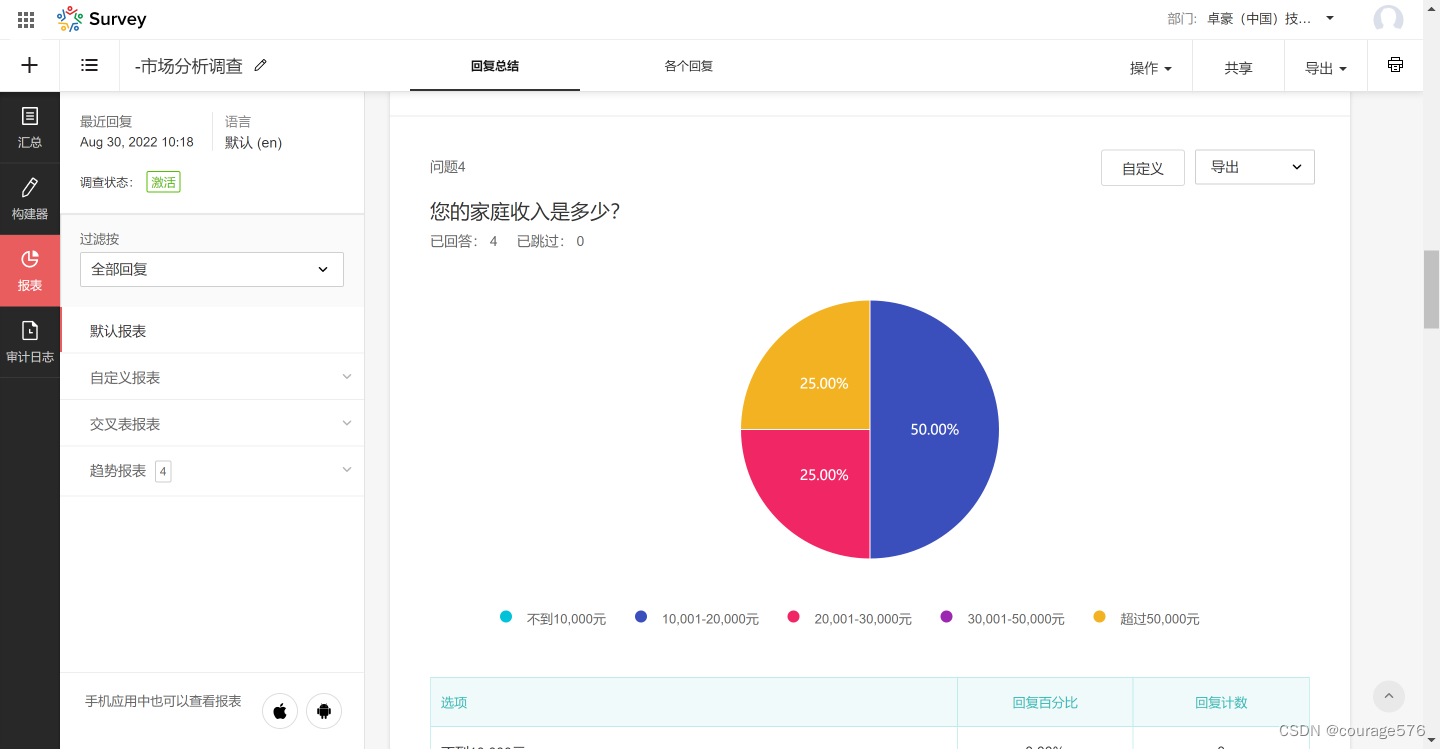

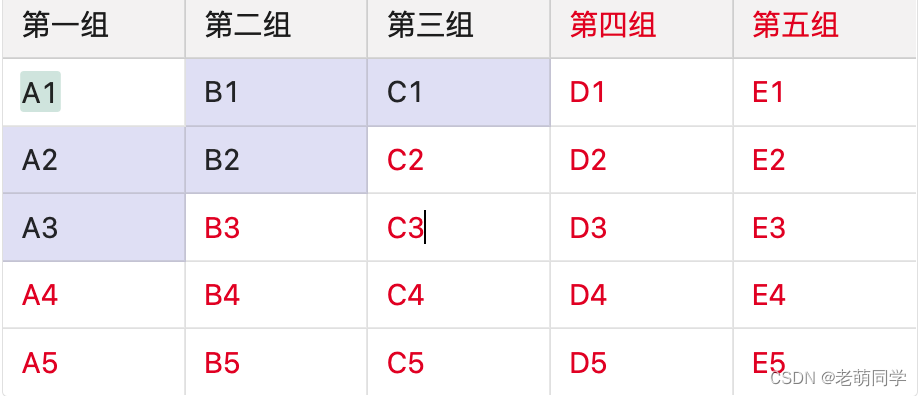
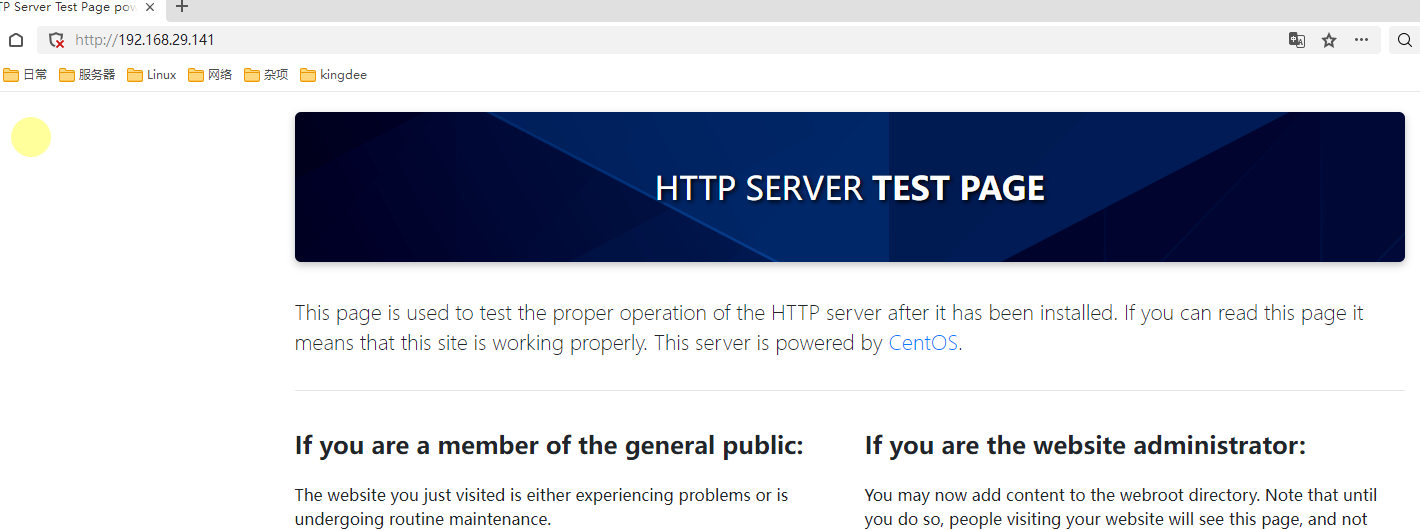


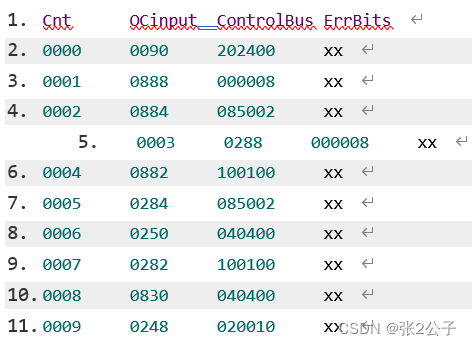
![数据结构05:树与二叉树[C++][哈夫曼树HuffmanTree]](https://img-blog.csdnimg.cn/63c3e7cd38084e21b7dffcac19dbc494.png)
